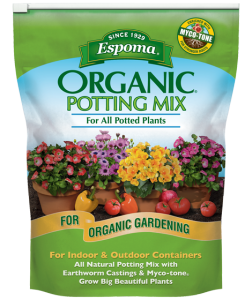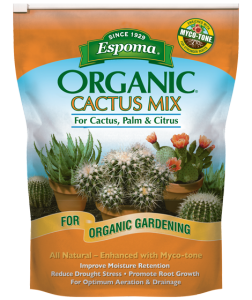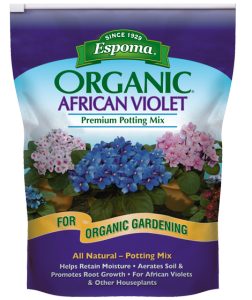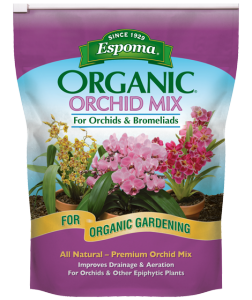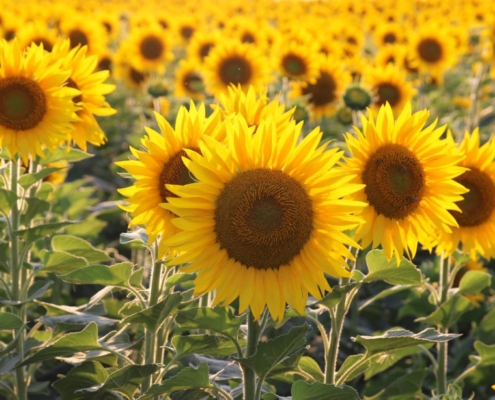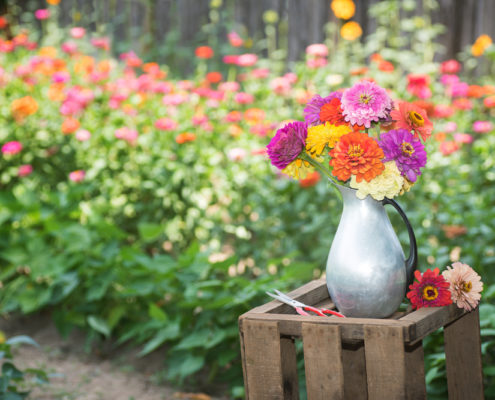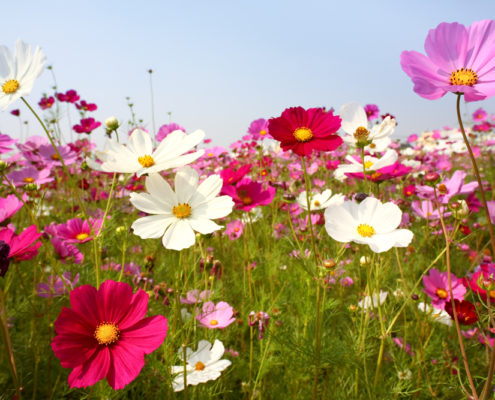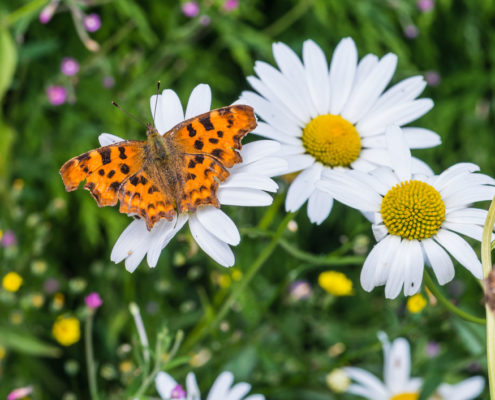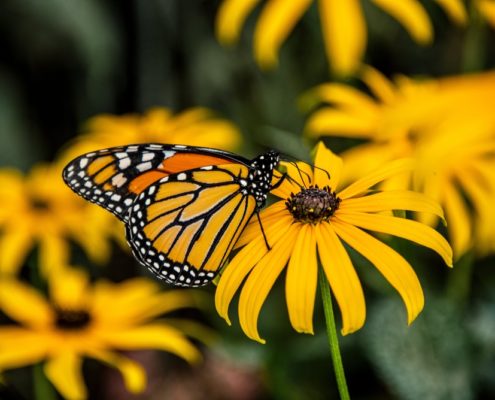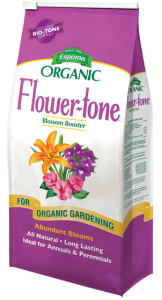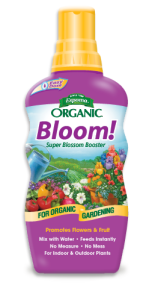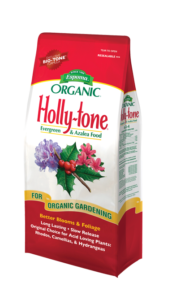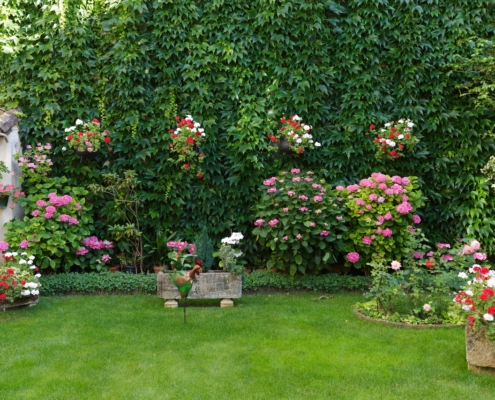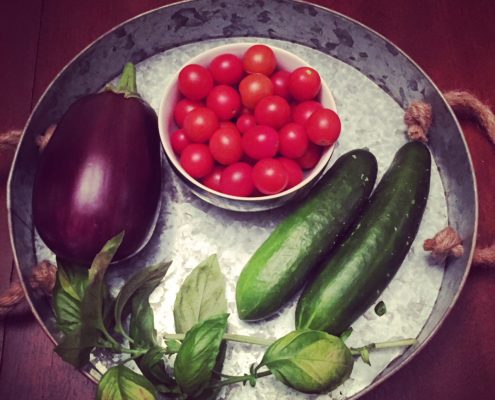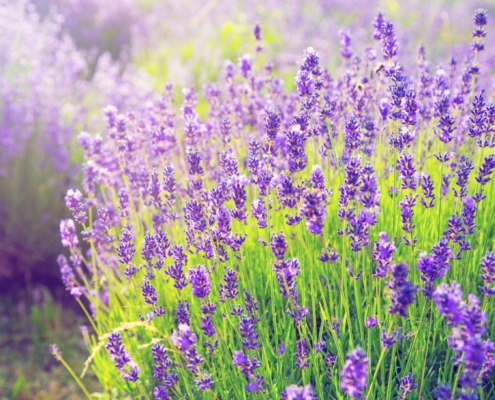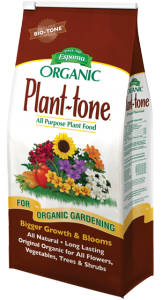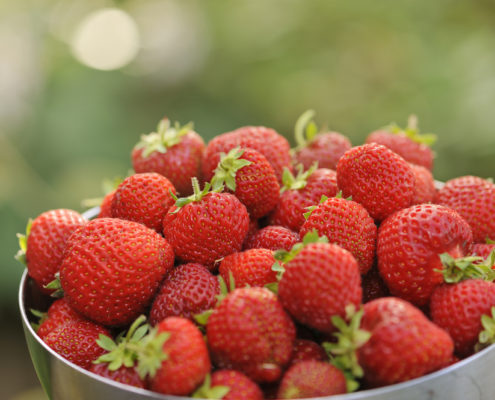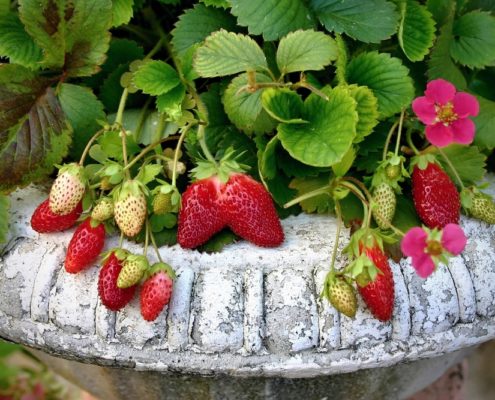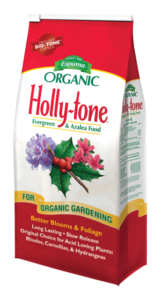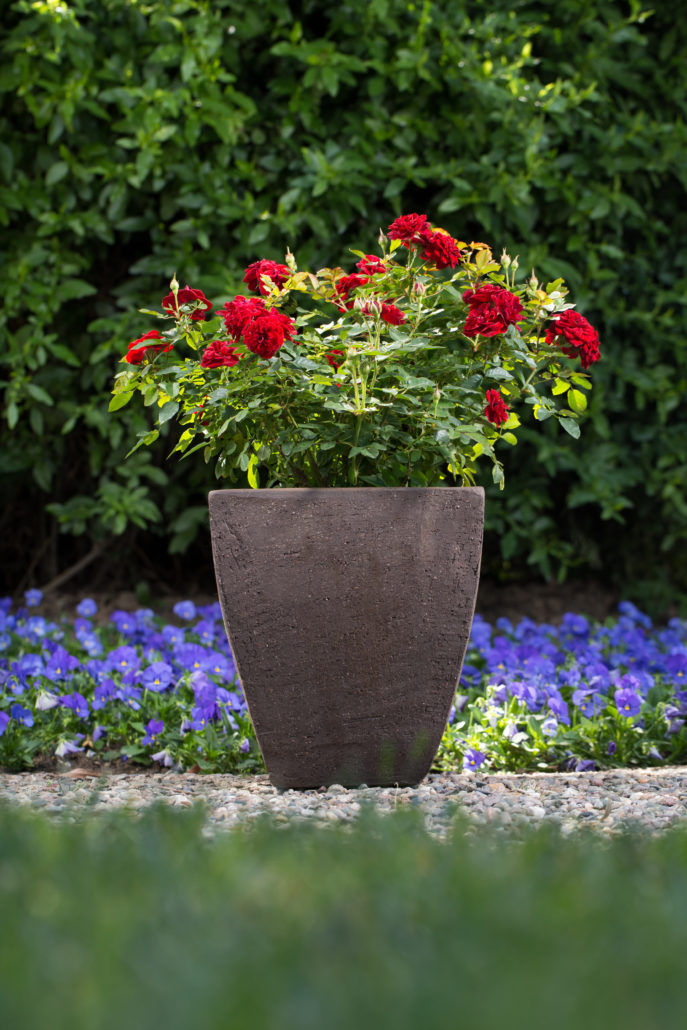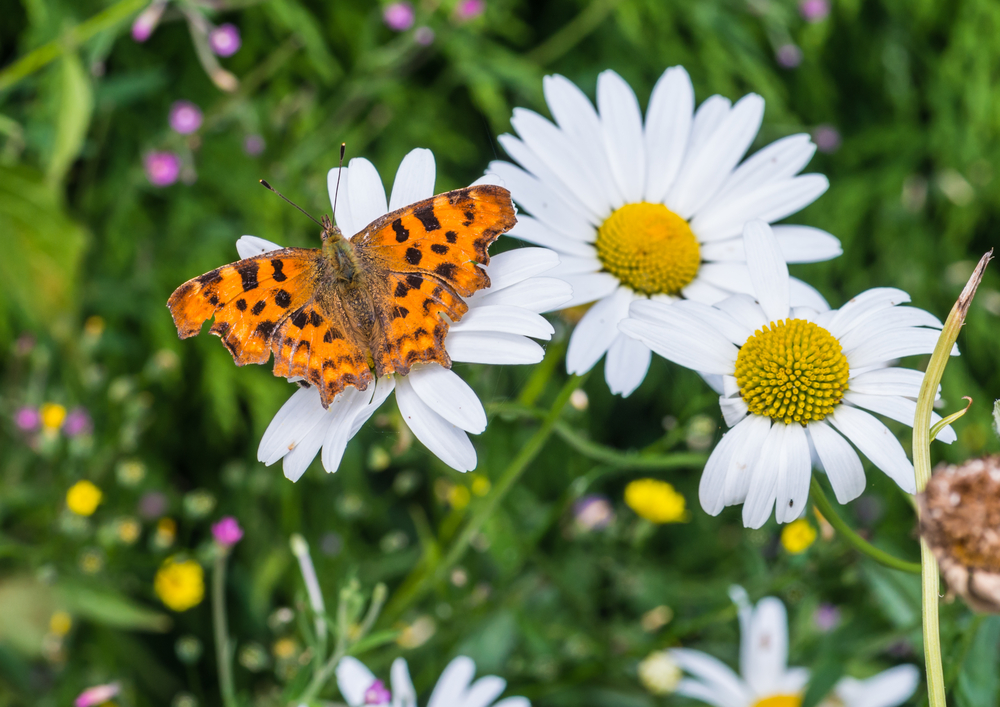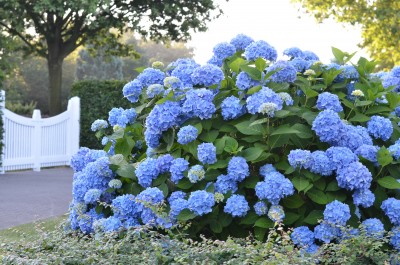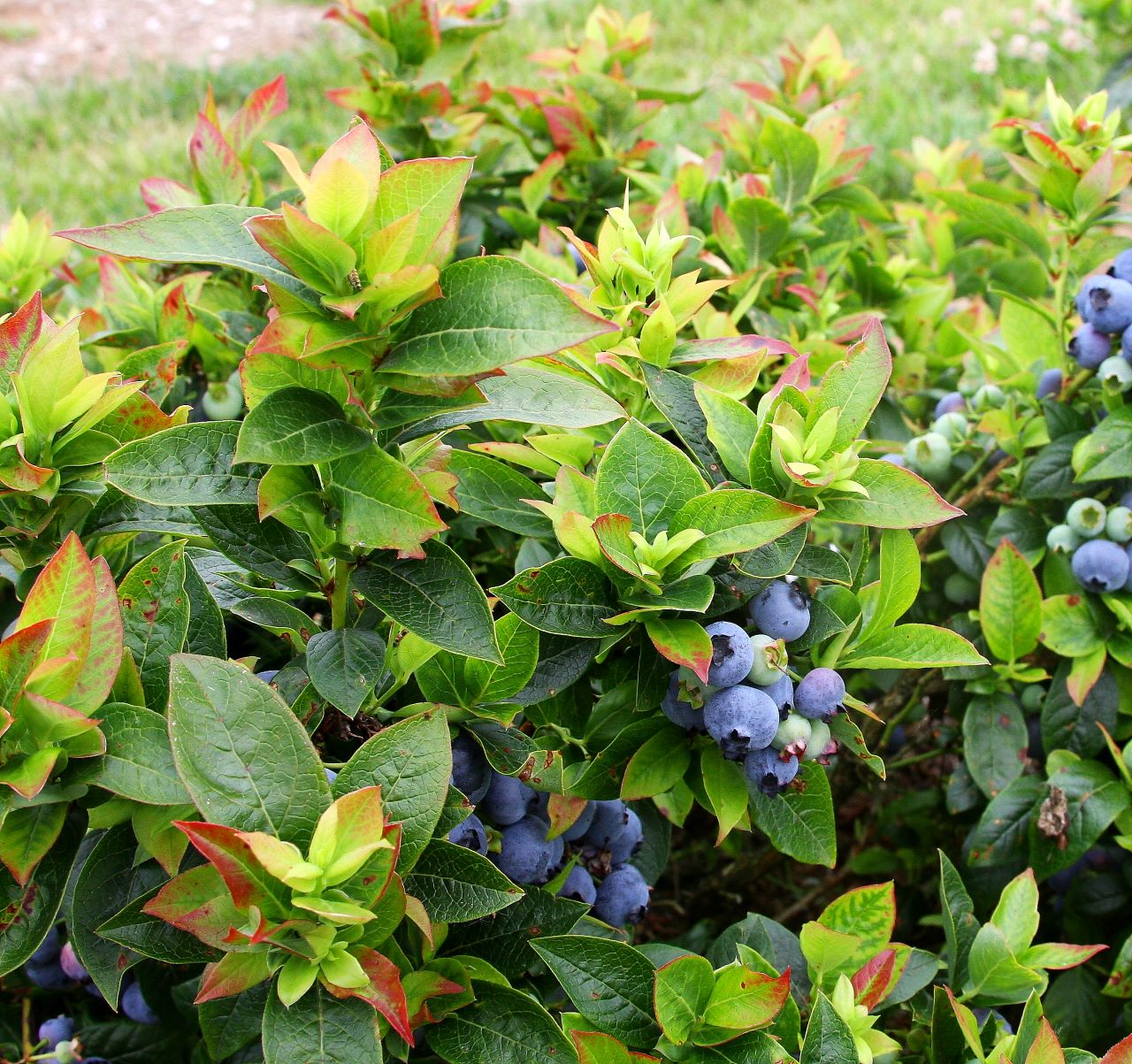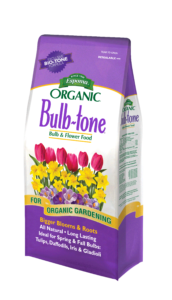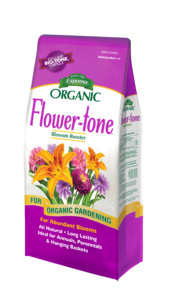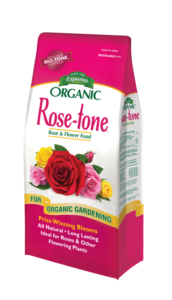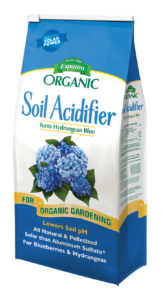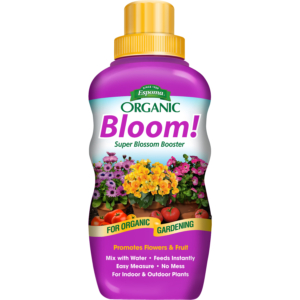How to Re-Pot Houseplants
Plants can outgrow their homes. And by homes, we mean containers. Here are quick tips on how to re-pot houseplants.
Usually, there are two reasons to re-pot houseplants. The first is that you just bought a plant from a garden center and would like to put it in a more decorative pot. The second is that your houseplant has outgrown its current pot. Either way, the same re-potting rules apply.
There are a few tell-tale signs a plant is outgrowing its container. Pick the plant up out of its container. If you see a jumbled mess of roots, it is time to re-pot. Another sign of needing to re-pot is if you are able to see roots coming out of the drain hole. Matted roots near the surface are another sign it is definitely time for a bigger container.
The new container will need to be one to two inches larger in diameter than the original. Be sure your new container has holes for drainage in the bottom. This is important because if the plant roots are sitting in water, they can rot. Laura from Garden Answer typically uses terracotta pots because they are porous and oxygen can flow in and out, which is good for your houseplant’s health. Plants in terra cotta pots tend to dry out faster so be sure to adjust your watering schedule accordingly.
When transferring your plant, you will want to use a good quality potting mix, such as Espoma’s Organic Potting Mix. This mix works for most plants, but there are some such as succulents, African Violets, and orchids that require a specific potting mix. For these plants try Espoma’s Organic Cactus Mix, Organic African Violet Mix, or Organic Orchid Mix.
Now you’re ready to re-pot. It’s really simple. First, take your plant out of its original container. You will need to gently break up the tangled roots at the bottom. Next, place the plant in its new container. Fill in around your plant with soil and pack in tightly. Avoid burying your plant too deep by only filling in soil to the level at which the old soil is packed. To finish it off, water it lightly and, voila! You have a re-potted houseplant.
When fertilizing your newly re-potted houseplant, use a liquid fertilizer such as Espoma’s Indoor! Liquid fertilizer. However, plants such as succulents, African Violets, and Orchid require specific fertilizers. For these plants try Espoma’s Liquid Cactus!, Violet!, and Orchid! liquid fertilizers.
Products:
